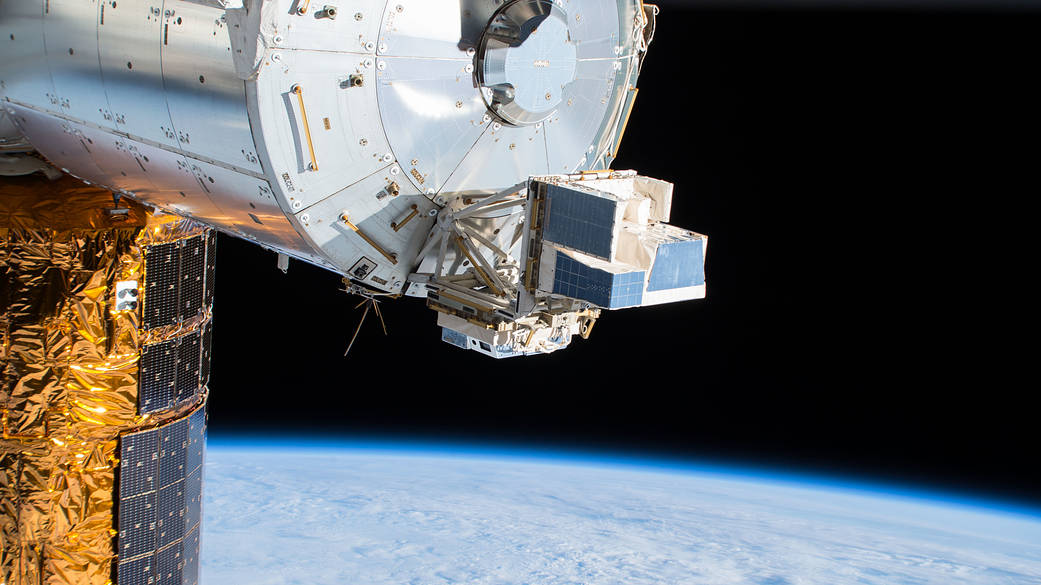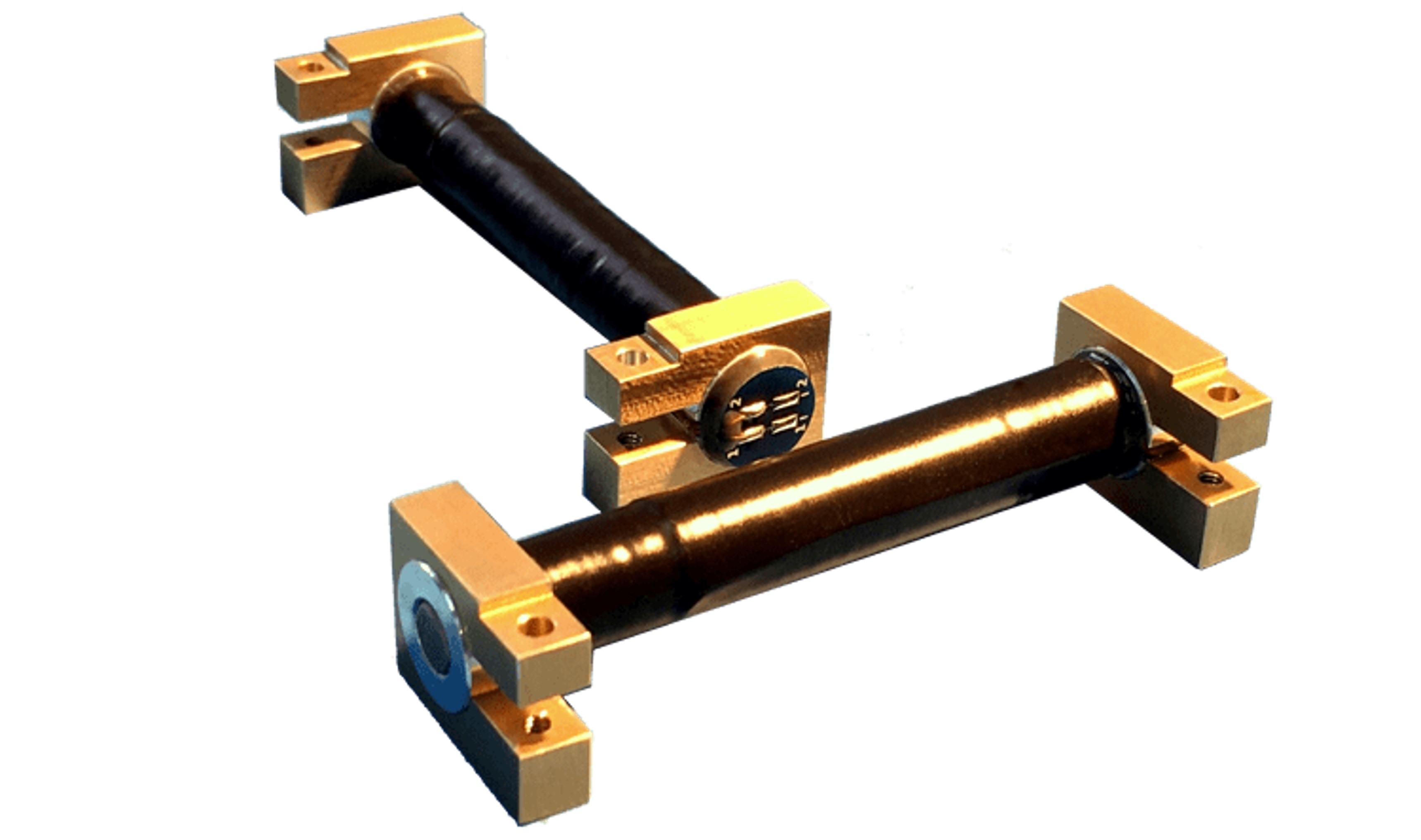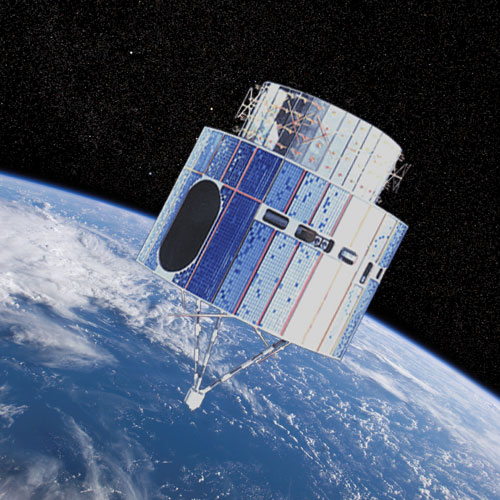Spacecraft Controls Overview

Key Points
- For the most part, this is a “solved” problem. There are thousands of spacecraft and most all of them are using some combination of a handful of options.
- Control systems continue to be expensive because missions fail when they can’t point where they need to. Plus, the math can be complex and that requires educated people who know what they’re doing.
- Expect lots of attention when you bring your designs to a peer review board. This is one of those areas that people focus on in design reviews.
Spacecraft Controls
Spacecraft control systems are the mechanisms and algorithms you use to move and rotate your spacecraft. For example, reaction wheels, thrusters, and control moment gyroscopes. Even though this is one of the most important systems on a satellite, you might be surprised to learn there are relatively few people who understand them. Knowing these things is one way to boost your value to a company and the industry. The rest of this article will cover the various options you’ll tend to see.
No Control System
Statistically, this may be the most popular solution if you include low-cost CubeSats. Control systems are heavy, expensive, and fail. So why deal with all the chaos if you can get “good enough” results by just drifting around? Clearly, this isn’t much help to you if you’re looking for design help on them, but it’s worth pointing out as we move on that a good way to save money and reduce risk is to cut the whole system out.
Thrusters

Image Credit: NASA
Without getting exotic (like propulsive tethers), thrusters are about the only way to translate your spacecraft. In the image above, the big “move forward” thruster is labeled as the Translation Thruster.
You can also use them to rotate your spacecraft. They are labeled as the Rotation Control Thrusters in the image above and you can see they tend to be small when used for rotation. They also usually come in pairs, each pointing opposite from the other. Satellite controllers usually avoid using them because it burns precious fuel that you might need to avoid a collision or extend the mission life. Plus, you often want to twist just a little bit and thrusters don’t tend to be good at this.
Some key points:
- They can take up a lot of mass and volume: The thrusters themselves can be tiny, but the valves and tanks can demand significant real estate. You also need to keep your propellant protected and cool, which can drive your thermal system.
- Rotation control tends to be so-called “bang bang”: There’s one bang when you pulse them on to start the rotation, then there’s a quiet period while you rotate around, then there’s another bang from pulsing in the opposite direction to stop the rotation.
- They can be “good enough” at rotation: They can get you to within 0.1 to 0.5 degree control. However, it can be difficult (practically impossible) to get thrusters to completely cancel out a rotation. They’re better for moving and starting a spin than managing fine control.
- They are often used with momentum wheels: Momentum wheels are things like Reaction Wheels and Control Moment Gyroscopes (see below). These wheels can “saturate” and become functionally useless until something like thrusters help them unsaturate. When magnetic torque rods are insufficient in this area, thrusters are the go-to solution.
Magnetic Torque Rods

Image Credit: https://www.cubesatshop.com/product/cubetorquer-and-cubecoil/
If a spacecraft is in low earth orbit, it’s a safe bet they’re using these. They are simply electromagnets (usually copper wire wrapped around a metal rod) that interact with the Earth’s magnetic field lines. You typically have a set of them with each rod pointing in a different direction. You can turn them on or off to interact with the magnetic field as you need.
Some key points:
- They provide low torque: Even with lots of power, expect any spacecraft twisting to be very slow.
- They align parallel to the magnetic field lines: They cannot provide force in any other direction. If you want to spin around the axis of the magnetic field line, for instance, magnetic torque rods are not your solution.
- Their pointing error is about five degrees: Variations in the Earth’s magnetic field and the low torque make it difficult to get aligned with sufficient accuracy for pointing critical spacecraft. Some missions can get the error down to about one degree, depending on factors like spacecraft mass and the orbit.
For CubeSats without a lot of mass or volume, magnetic torque rods are often the only practical way to get any kind of pointing control. Larger spacecraft tend to use reaction wheels for most of their pointing, but still use magnetic torque rods are to help despin the wheels so they don’t saturate.
Reaction Wheels

Image Credit: Reaction wheels sold by Rocket Lab USA
These are the most common way to point spacecraft. They work by spinning up a wheel. The spacecraft “reacts” to the wheel speeding up by twisting in the opposite direction. The italicized text is to emphasize that your reaction is equal and opposite. Said another way, if you want to twist your satellite to your left, you spin your wheel to the right.
Some key points:
- They provide lowish torque: Most “off the shelf” solutions provide 0.3 N-m of torque or less if you run them at maximum output. This makes them good for fighting external forces like drag, but they can struggle if you want to point your spacecraft rapidly.
- You can’t run at max torque for long: A practical limit is 15-30 seconds if your wheel speed starts at zero. Some wheels can only run at max torque for a few seconds.
- Their power needs can drive your electrical design: A reasonable range for smallish wheels is 5 to 25 Watts. (There are some at less than a Watt and some that are 100+ Watts). Small spacecraft may not have the power to run the wheels every time they’d like to.
- They only work in one axis: If you want to twist in three axes, you’ve got to have three reaction wheels. Some spacecraft use four of them in a tetrahedron pattern so they can spin multiple wheels to keep twisting in three axes even if one fails.
- They can be exceptionally precise: In terms of order of magnitude, reaction wheels can provide 0.001 to 0.1 degree control.
Control Moment Gyroscopes

Image Credit: NASA
The name could be better, but all the words are there: These are gyroscopes where you apply a moment to control them (and thus your spacecraft). Gyroscopes are just spinning wheels where their mounts can twist. So, you twist a single spinning wheel in different axes to twist your spacecraft.
When you do it the right way, you can get lots of torque for a little bit of power. The wheels are usually big, as seen in the image above where the astronaut is moving the gyroscope around. And the challenges are many, including mathematical complexity, mechanical breakdowns, and few vendors. Still, when you need to twist something big (like a space station!) or you need to twist fast, these are the best.
Some key points:
- You get lots more torque for less power relative to reaction wheels: If you have a reaction wheel and a control moment gyroscope that both weigh the same, you can get ten to fifty times more torque for ten percent or less of the power.
- Singularities are the watchword: Experts spend significant time developing algorithms that find the best ways to twist from one point to another without crossing through an area where it cannot produce useful torque.
- They can be exceptionally precise: Like reaction wheels, these can have 0.01 to 0.1 degree control, and some claim as low as 0.001 degrees. Sometimes they’re not quite as precise as reaction wheels, but they’re still very good.
- Understanding precession is tricky and important: When you torque the wheel about one axis, you get a reaction torque in a different axis. Even experts can have a hard time predicting some of the effects. Invest the time to get this right in your head and you’ll be in rare company.
Spin Stabilization

Image Credit: NASA
The oldest way to stabilize satellites is to spin them up like a top. The faster they spin, the more stable they are. Lots of systems in the 1960’s were operated this way and there are some that do this, such as the recent Mars lander while it was traveling across space. It’s worth pointing out that things like atmospheric drag make it hard to stay spinning very fast for very long; spin stabilization tends to slow down over time. You also tend to need to make cylindrical spacecraft that are well balanced, such as the Synchronous Meteorological System in the image above. When it’s all working right, it can make you point within less than a degree of error and sometimes down to a tenth of a degree.
Gravity Gradient
Did you know that holding a one-pound weight above your head makes it lighter than if it was at your feet? The further you are from the center of Earth, the less gravity there is. Long structures in space take advantage of this by pointing down at the ground. The variation or “gradient” of gravity getting weaker along the length makes the heavier end keep pointing at Earth.
Gravity gradient can be precise to within one to five degrees, assuming nothing changes. If you change the length (such as with a tether), you introduce a disturbance that may take hours to settle out.
Curated Videos
This is a list of videos that may be useful to you:
- https://www.youtube.com/watch?v=UoDuCOmHmRg
This is a college lecture by Matthew Peet that gives a good overview of the various control sensors and systems. You’ll learn about the fundamentals of how things work and also a little bit about failure modes and their impacts. - https://www.youtube.com/watch?v=p0iarTNt6tE
This is a US Air Force class video preparing students for an upcoming test. The instructor is giving a quick, high level overview of everything important in control systems and that makes this a good introduction video. The control actuator discussion starts at about the 19:10 mark.
Curated Links
https://www.researchgate.net/profile/Rogan-Shimmin-2/publication/292608145_State_of_the_Art_in_Guidance_Navigation_and_Control_A_Survey_of_Small_Satellite_GNC_Components/links/5756e75208ae5c654904051b/State-of-the-Art-in-Guidance-Navigation-and-Control-A-Survey-of-Small-Satellite-GNC-Components.pdf
This is a paper from 2016 titled “State of the Art in Guidance Navigation and Control - A Survey of Small Satellite GNC Components”. It’s a great overview of the industry and what you can expect.
 Space Steps
Space Steps